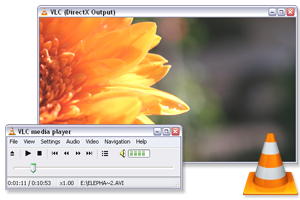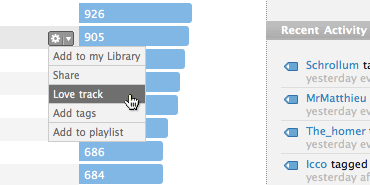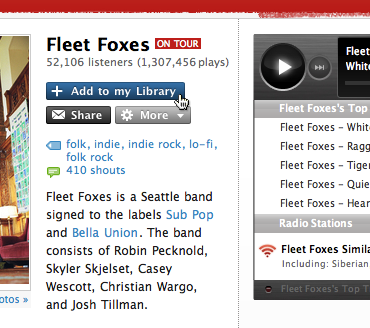Back in July we launched Last.fm on the iPhone and iPod Touch. It was the end result of months of hard work and we were pretty happy with how it turned out. We received tons of positive feedback and although we weren’t able to launch in every country, we were able to provide an excellent streaming solution in more markets than any of the other iPhone players.
Fast forward 3 months… Apple released the iPhone 2.1 firmware which was unfortunately incompatible with the bleeding edge coding techniques cooked into our app. Fortunately, we have been feverishly working on the next generation app that also happens to be 2.1 firmware friendly. Team iPhone have once again outdone themselves to produce what quite frankly, is a work of art (check out the tagging interface if you doubt).
There’s been some awesomely high profile internet leakage of beta test footage, but below you can see the version that’s available right now from the iTunes App Store:
Here’s the feature breakdown:
- VASTLY improved user interface all around (tap to zoom album art included)
- Ability to tag songs
- Personal tag radio
- Calendar based events view
- Common artists when viewing a user profile
- Many other usability and back-end features
We’re working to release the app in as many countries as possible and this version is available now in the following: US, UK, Canada, Germany, Spain and France. We’re also working on some back-end changes that will make streaming more reliable on slower connections, so stay tuned.
This version is a great improvement from the first, but it is by no means the end of the line, so please send us feedback! We’re looking forward to making the app even better with your help.


















